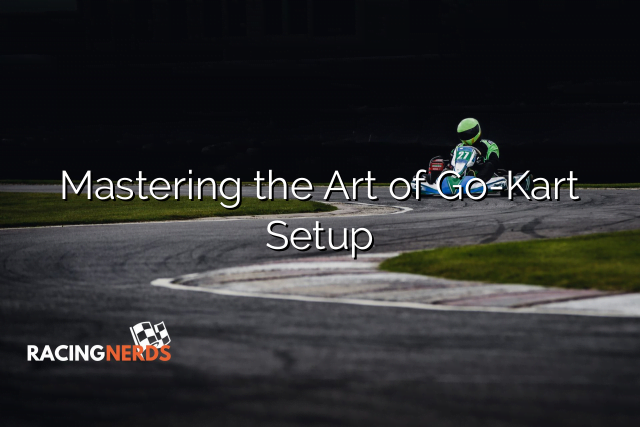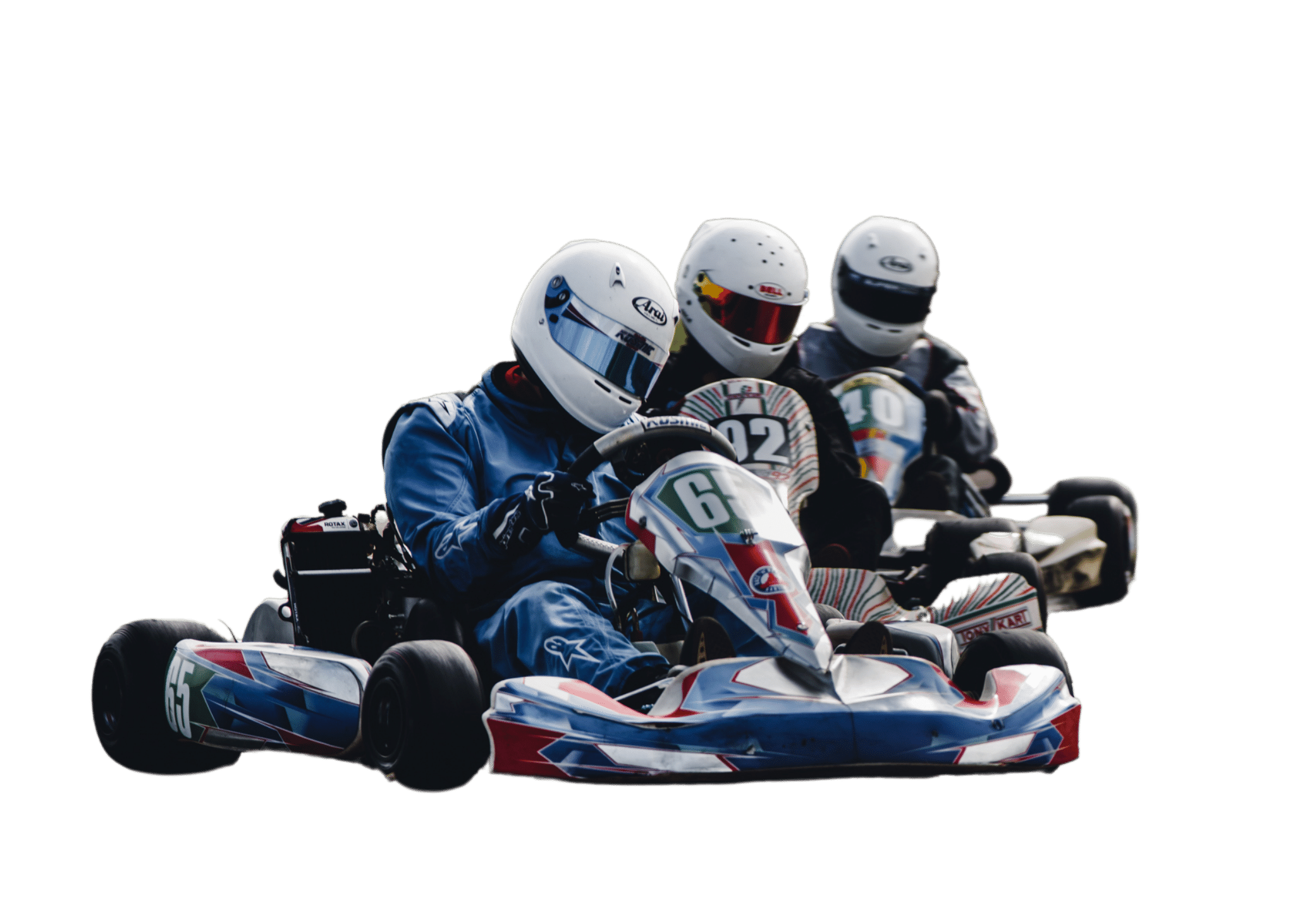
As the old saying goes, ‘You’re only as good as your tools,’ and in go-karting, your primary tool is the kart itself. You understand the importance of a well-set-up go-kart—it’s the difference between fighting for every inch on the track and gliding past the competition with finesse.
Grasp the subtleties of seat positioning, the intricacies of ride height, and the delicate balance of wheel alignment. Each adjustment you make brings you closer to that harmonious relationship with the asphalt beneath you.
Stay tuned to uncover the secrets that will allow you to interpret the feedback from your kart like a seasoned pro, making decisions that could lead to shaving precious seconds off your lap time.
Adjusting the seat position is a critical step in optimizing your go-kart’s balance and handling characteristics. You’ve got to strike a balance between seat comfort and precise weight distribution to ensure peak performance. The seat’s location directly affects the chassis’ flex and, consequently, the grip levels at each end of the kart.
When you’re seated, the center of gravity shifts, impacting how the kart corners. Too far back, and you may find the front end lacking grip, causing understeer. Conversely, if you’re too far forward, the rear may become unstable, leading to oversteer.
You’ll need to analyze your driving style and adjust accordingly, ensuring that your weight is evenly spread across the kart’s frame for optimal control and responsiveness.
Once you’ve honed your seat positioning to balance weight distribution, it’s crucial to optimize ride height to fine-tune your go-kart’s handling dynamics and grip.
Adjusting the ride height alters the center of gravity, which directly impacts your kart’s responsiveness and stability. A lower ride height can increase grip by reducing the center of gravity, but may also lead to bottoming out on uneven surfaces. Conversely, a higher setting may improve clearance but can decrease cornering grip due to a raised center of gravity.
To achieve optimal performance, you must analyze the track conditions and adjust accordingly. Precise adjustments to ride height, in tandem with optimizing tire pressure, ensure that the contact patch is maximized, enabling better traction.
Employ weight distribution techniques to counteract potential handling imbalances caused by ride height alterations.
To fine-tune your go-kart’s balance and grip, consider altering the front and rear track width, which influences how the kart corners and handles lateral loads. Track width adjustments are crucial for precise go-kart handling analysis.
By widening the front track, you’ll typically mitigate understeer and enhance turn-in response. Conversely, narrowing it may induce oversteer, making the kart more agile but potentially less stable.
At the rear, a wider track provides greater stability, particularly during corner exit and high-speed turns. Narrowing the rear track can lead to increased oversteer, which may help in tight corners but can decrease high-speed cornering stability.
Always ensure changes are methodically tested and documented for replicability and further refinement.
Fine-tuning caster angles can significantly influence your go-kart’s steering characteristics and overall stability during a race. Caster is the angle at which the steering axis tilts forward or backward from vertical, as viewed from the side of the kart. A proper caster setup is crucial for fine tuning toe alignment and maximizing cornering grip.
| Caster Adjustment | Effect on Go-Kart |
|---|---|
| Increased Caster | Improved stability, increases cornering grip |
| Decreased Caster | Quicker steering response, reduced grip |
| Balanced Caster | Optimal mix of responsiveness and grip |
| Uneven Caster | Can cause unpredictable steering behavior |
Adjusting the camber angle on your go-kart directly affects tire contact with the track and, consequently, your vehicle’s grip and cornering performance. Precision in setting the camber angle is critical as it can lead to nuanced camber angle effects.
Negative camber increases cornering potential but may reduce straight-line stability.
Excessive positive camber can cause tire wear and unpredictable handling.
Zero camber balances tire wear but mightn’t offer optimal cornering grip.
Precise adjustments can mitigate understeer or oversteer tendencies.
Experimentation plays a pivotal role in optimizing your go-kart’s performance. It allows you to test various setups and identify the most effective configuration for specific track conditions.
The importance of driver skill can’t be overstated. A skilled driver can discern subtle changes in kart behavior and provide precise feedback, which is crucial for informed experimentation.
Simultaneously, the importance of track conditions is equally critical. Temperature, grip levels, and layout variations demand a tailored approach to setup.
Through rigorous testing, you’ll establish a baseline and incrementally adjust parameters like seat position and ride height, meticulously noting each outcome.
This analytical process is vital for achieving the perfect balance between kart responsiveness and stability, thereby maximizing your performance on the track.
As you refine your go-kart’s setup through experimentation, interpreting the feedback it provides becomes essential for further adjustments. Understanding kart behavior and the importance of driver feedback are critical in fine-tuning your machine. Here’s what you should keenly observe:
Each piece of feedback allows you to dissect the kart’s performance. Analyze the data with precision to ensure your adjustments enhance handling and speed.
Why not streamline your go-kart’s performance by utilizing setup sheets to meticulously record and analyze every adjustment? These sheets are crucial for keeping track of changes and analyzing achieved setups, allowing you to refine your strategy with precision.
Incorporate seat positioning techniques, noting the effects on your kart’s handling. A well-documented change can be the difference between first and second place. Here’s an example:
| Adjustment | Outcome |
|---|---|
| Seat Forward 10mm | Improved weight distribution |
| Narrower Rear Track | Reduced oversteering in corners |
| Increased Caster | Enhanced front-end grip on entry |
Use this data to build a repository of knowledge, crafting your approach to each track and condition with technical expertise. Setup sheets are your roadmap to success, meticulously guiding you through the labyrinth of kart optimization.
Your body weight’s distribution crucially impacts go-kart handling. Specific training can optimize this, enhancing performance. Focus on core exercises to improve balance and control for more effective weight transfer.
Adjusting tire pressure affects grip and handling; use a pressure gauge to fine-tune. Balance mechanical changes with tire compounds to optimize performance. You’ll need precision to match track conditions and your driving style.
You’ll need regular chassis inspections to maintain handling. Utilize alignment tools for precision; check after every race. Precise symmetry ensures consistent performance—don’t overlook this crucial maintenance aspect.
To effectively use data logging tools, you’ll focus on telemetry analysis. Ensure precise sensor placement to track performance metrics like speed, RPM, and g-forces, pinpointing how setup adjustments impact your lap times.
Your mind’s a steel fortress. Mental resilience transforms you into a racing titan, visualizing each turn with precision. Confidence sharpens your focus, making your setup choices during competition not just good, but legendary.
You’ve adjusted, analyzed, and aligned, transforming your go-kart into a track-conquering machine. Your seat cradles you perfectly, the ride height is optimal, track width finely set, caster and camber angles meticulously dialed in.
With every lap, you adapt, your setup sheet evolving as your racing bible. This isn’t just mechanics—it’s a dance of precision, a symphony of speed. You’re the conductor, your kart the instrument, the track your stage.
Victory awaits.

